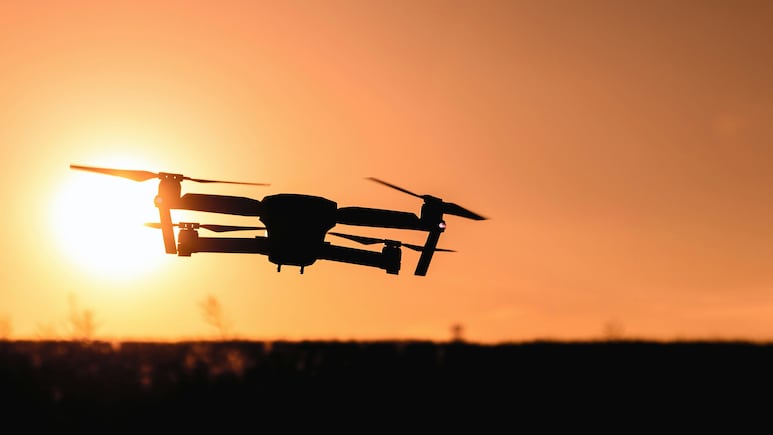
- AI helped locate missing hiker Nicola Ivaldo in Italy's Piedmont region after a year
- CNSAS used drones to capture images, then AI highlighted suspicious spots for investigation
- AI identified the hiker's helmet, enabling precise location despite rain and fog delays
In a remarkable rescue operation, the use of artificial intelligence (AI) helped locate the body of a hiker who had gone missing in Italy's Piedmont region nearly a year ago. After the conventional rescue methods did not work, the National Alpine and Speleological Rescue Corps (CNSAS) relied on AU to find the body of 64-year-old Ligurian doctor Nicola Ivaldo.
CNSAS drone pilot Saverio Isola, alongside his colleague Giorgio Viana, conducted the operation, using two drones that clicked pictures of the vast mountainous area within five hours on July 29, according to a report in Wired.
Afterwards, the photos were fed into an AI system, which instantly highlighted a series of "suspicious spots" to check.
"It was the AI software that identified some pixels of a different color in the images taken on Tuesday," said Mr Isola.
As rain and fog delayed the operation, the AI pinpointed the man's helmet, a tiny speck of colour against the vast alpine landscape.
"We woke up at 4 am to reach a very distant point with good visibility on the channel where the red pixels had been detected, and we used the drone to see if it was indeed the helmet," said Mr Isola.
"Then we took all the necessary photos and measurements, sending the information to the rescue coordination center, which was then able to dispatch the Fire Brigade helicopter for the recovery and police operations."
Subsequently, the body of Mr Ivaldo was found on the morning of July 31. From the drone deployment to analysis to the delay due to inclement weather, Mr Isola's team took less than 72 hours to complete the operation, highlighting the importance of technology in speeding up the process. If the images were to be analysed by humans, it would have taken weeks or months.
"It's a human achievement, but without technology, it would have been an impossible mission. It's a team success," said Mr Isola.
Also Read | Woman Loses 35 Kg In 7 Months, Shares 10 Foods To Avoid. Check List
AI helps couple conceive
This is not the first instance when AI has shown its utility. Last month, a couple trying to conceive a baby for 18 years finally managed to get pregnant thanks to the use of AI. The couple stated that the IVF attempts were unsuccessful due to azoospermia, a rare condition in which no measurable sperm is present in the male partner's semen.
Using the STAR (Sperm Tracking and Recovery) method devised by the Columbia University Fertility Center (CUFC), the couple managed to get pregnant. Researchers at the fertility centre examined the semen sample with the AI-powered system and managed to find the hidden sperm.
After recovering the sperm, it was used to fertilise the wife's egg via IVF, and she became the first-ever woman to conceive using the STAR method.
Track Latest News Live on NDTV.com and get news updates from India and around the world

